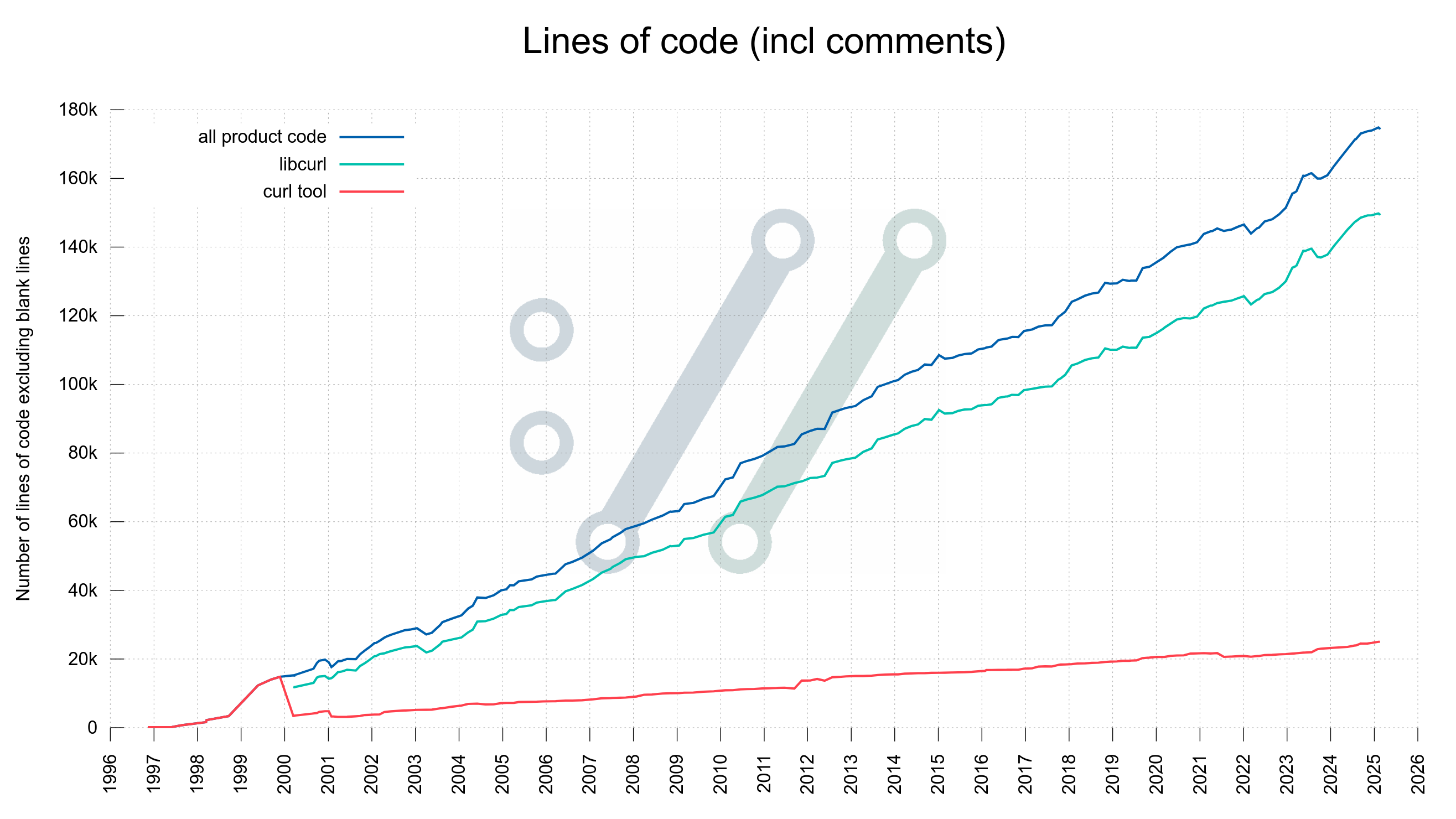RFC 9460 describes a DNS Resource Record (RR) named HTTPS. To highlight that it is exactly this DNS record called HTTPS we speak of, we try to always call it HTTPS RR using both words next to each other.
curl currently offers experimental support for HTTPS RR in git. Experimental means you need to enable it explicitly in the build to have it present.
cmake -DUSE_HTTPSRR=ON ...
or
configure --enable-httpsrr ...
What is HTTPS RR for?
It is a DNS field that provides service meta-data about a target hostname. In many ways this is an alternative record to SRV and URI that were never really used for the web and HTTP. It also kind of supersedes the HSTS and alt-svc headers.
Here is some data it offers:
ECH config
ECH is short for Encrypted Client Hello and is the established system for encrypting the SNI field in TLS handshakes. As you may recall, the SNI field is one of the last remaining pieces in a HTTPS connection that is sent in the clear and thus reveals to active listeners with which site the client intends to communicate. ECH hides this by encrypting the name.
For ECH to be able to work, the client needs information prior to actually doing the handshake and this field is provides this data. curl features experimental ECH support.
ECH has been in the works for several years, but has still not been published in an RFC.
ALPN list
A list of ALPN identifiers is provided. These identifiers basically tell the client which HTTP versions this server wants to use (over HTTPS). If this list contains HTTP/1.1 and we were asked to do a HTTP:// transfer, it implies the client should upgrade to HTTPS. Thus sort of replacing HSTS.
I think the key ALPN id provided here is ‘h3’ which tells the client this server supports HTTP/3 and we can try that already in the first flight. The previous option to properly upgrade to HTTP/3 would be to wait for a alt-svc response header that could instruct a subsequent connect attempt. That then delays the upgrade significantly since reusing the by then already existing HTTP/2 or HTTP/1 connection is typically preferred by clients.
Target
The service is offered on another hostname. Alt-svc style. It can also provide information about how to access this site for different “services” so that TCP/TLS connections go one way and QUIC connections another.
Port
It can tell the client that the service is hosted on a different port number.
IP addresses
It can provide a list of IPv4 and IPv6 addresses for the name. Supposedly to be used in case there are no A or AAAA fields retrieved at the same time.
Getting the DNS record
Adding support for HTTPS RR into an existing TCP client such as curl is unfortunately not as straight-forward as we would like.
A primary obstacle is that regular hostname resolves are done with the POSIX function getaddrinfo() and this function has no knowledge of or support for HTTPS RR and such support cannot expected to get added in a future either. The API does not really allow that. Clients like curl simply need to get the additional records using other means.
How curl does it
curl, or rather libcurl, has three different ways in source code to resolve hostnames out of which most builds feature two options:
- DoH (DNS-over-HTTPS) – curl sends DNS requests using HTTPS to a specified server. Users need to explicitly ask for this and point out the DoH URL.
- Using the local resolver. A libcurl build can then use either c-ares or getaddrinfo() to resolve host names, for when DoH or a proxy etc are not used.
DoH
The DoH code in libcurl is a native implementation (it does not use any third party libraries) and libcurl features code for both sending HTTPS RR requests and parsing the responses.
getaddrinfo
When using this API for name resolving, libcurl still needs to get built with c-ares as well to provide the service of asking for the HTTPS RR. libcurl then resolves the hostname “normally” with getaddrinfo() (fired off in a separate helper thread typically) and asks for the HTTPS RR using c-ares in parallel.
c-ares
When c-ares is used for name resolving, it also asks for the HTTPS RR at the same time. It means c-ares asks for A, AAAA and HTTPS records.
Existing shortcomings
We do not offer a runtime option to disable using HTTPS-RR yet, so if you build with it enabled it will always be attempted. I think we need to provide such an option for the times the HTTPS record is either just plain wrong or the user wants to debug or just play around differently.
curl also does not yet currently handle every aspect of the quite elaborate HTTPS RR. We have decided to go forward slowly and focus our implementation on the parts of the resource field that seem to be deployed and in actual use.
Deployed
There are sites using these records already today. Cloudflare seems to provide it for a lot of its hosted sites for example. If you enable HTTPS-RR today, there are plenty of opportunities to try it out. Both for regular service and protocol switching and also for ECH.
Please, go ahead and enable it in a build, try it out and tell us what works and what does not work. We would love to move forward on this and if we get confirmation from users that it actually works, we might be able transition it out from experimental status soon.



















